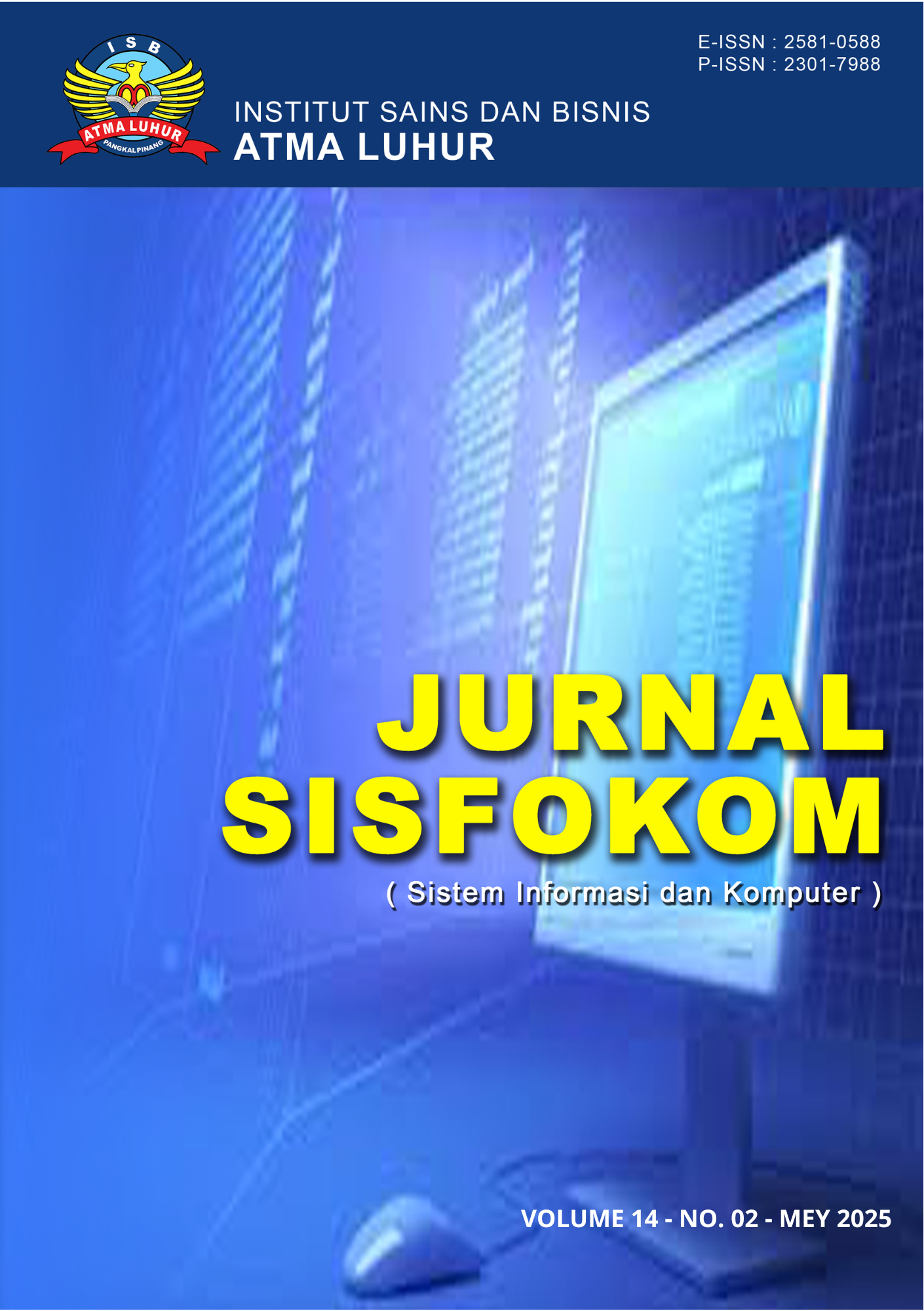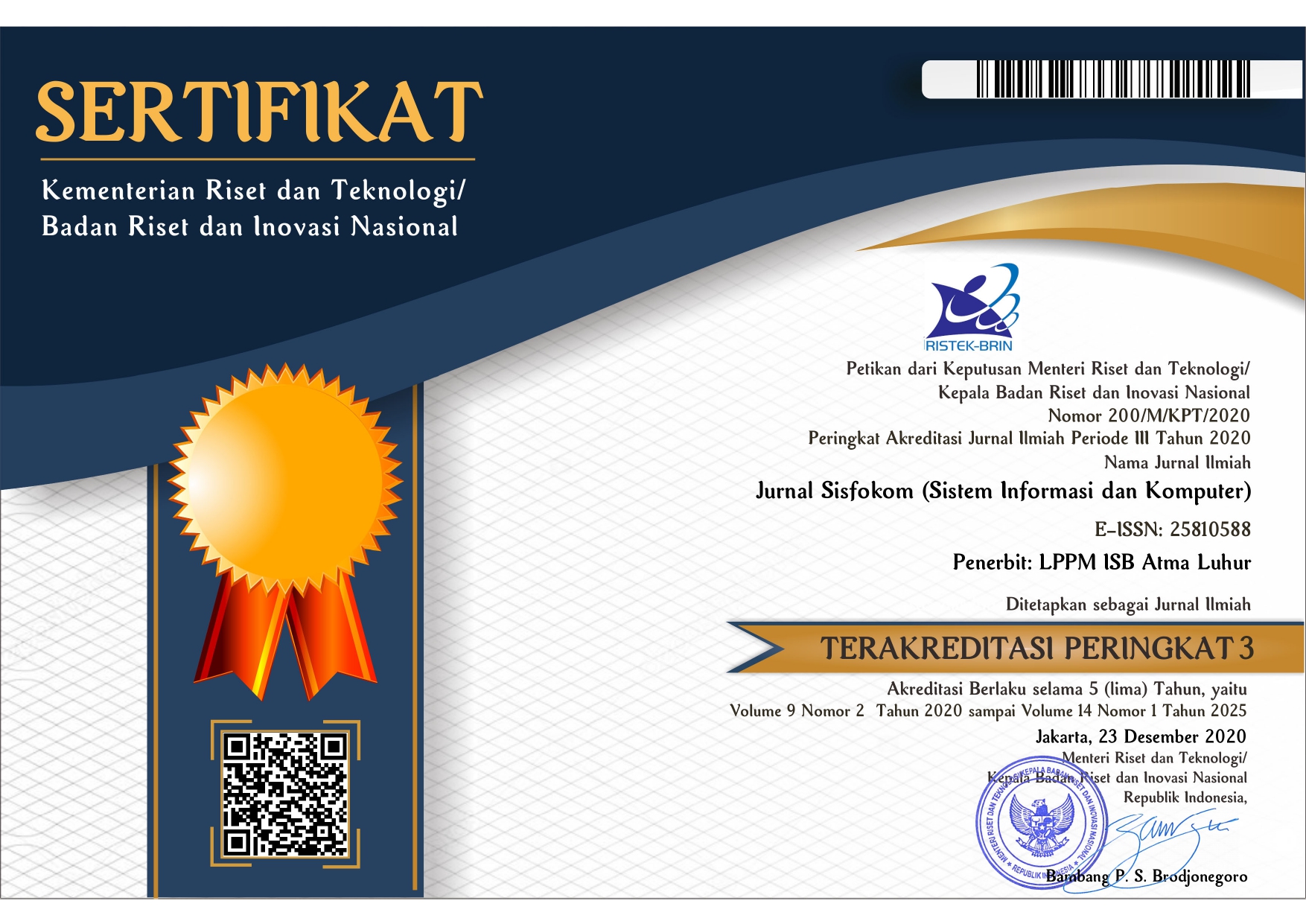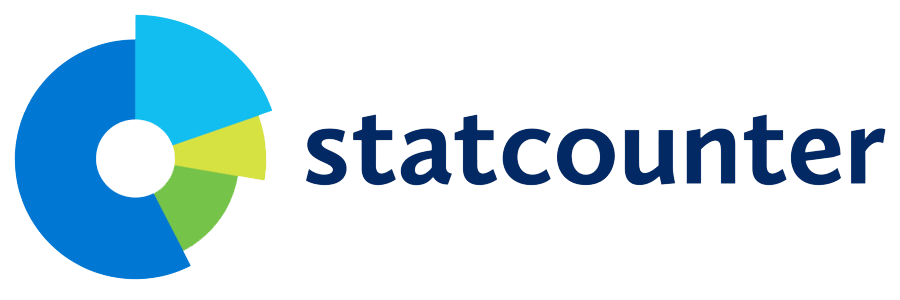A Comparative Study of EmberGen and Blender in Fire Explosion Simulations
DOI:
https://doi.org/10.32736/sisfokom.v14i2.2335Keywords:
EmberGen, Blender, Fire Explosion Simulation, Visual EffectsAbstract
The advancement of visual effects (VFX) technology has intensified the need for efficient fire explosion simulations across film, gaming, and real-time applications. This study investigates and compares the performance of two prominent simulation tools—EmberGen and Blender—by focusing on processing time efficiency and simulation quality. The research specifically evaluates five critical simulation aspects: fire particle generation, smoke behavior, turbulence effects, light dispersion, and final rendering (finishing). A total of five professional VFX artists conducted five separate tests using each software, generating a comprehensive dataset for analysis. Results show that EmberGen achieves a 29.91% overall improvement in simulation speed compared to Blender, with significant gains in fire particle generation (38.5%), smoke simulation (42.3%), turbulence effects (15.7%), light dispersion (8.9%), and finishing (11.6%). These findings indicate that EmberGen is highly effective for real-time or rapid-turnaround projects, while Blender remains advantageous for detailed, high-fidelity simulations in cinematic contexts. The study concludes that software selection should be driven by project-specific demands, where EmberGen supports time-sensitive production workflows and Blender offers greater artistic control. This research underscores the critical need for aligning simulation tools with both creative goals and production efficiency, contributing to decision-making in VFX, animation pipelines, and educational training environments within the information systems and digital content domains.References
M. S. Hwang, M. K. Park, and H. S. Lee, “A Study on the Visual Effects Production Process for Efficient Underwater Explosion CG Visualization,” J Coast Res, vol. 116, no. sp1, pp. 518–522, 2024, doi: 10.2112/jcr-si116-105.1.
V. Ong, Artificial intelligence in digital visual effects. dr.ntu.edu.sg, 2021. [Online]. Available: https://dr.ntu.edu.sg/handle/10356/151632
M. S. Hwang and H. Lee, “Pipeline Design for Efficient Visual Effects Production,” Journal of Multimedia Information System, 2022, [Online]. Available: https://www.jmis.org/archive/view_article?pid=jmis-9-3-219
M. Choi, J. A. Wi, T. Kim, Y. Kim, and C. H. Kim, “Learning representation of secondary effects for fire-flake animation,” IEEE Access, 2021, [Online]. Available: https://ieeexplore.ieee.org/abstract/document/9334976/
JangaFX, “EmberGen Documentation,” JangaFX. Accessed: Jan. 15, 2025. [Online]. Available: https://jangafx.com
D. A. Akinkugbe, “Artifact,” RIT Digital Institutional Repository, pp. 1–34, 2021.
D. Senkic, “Dynamic Simulations in a 3D-Enviornment a comparison between Maya and Blender,” 2010.
V. Hoikkala, Fire Simulation for a 3D Character with Particles and Motion Capture Data in Blender, no. May. 2016.
Z. H. Wu, Z. Zhou, and W. Wu, “Realistic fire simulation: A survey,” Proceedings - 12th International Conference on Computer-Aided Design and Computer Graphics, CAD/Graphics 2011, pp. 333–340, 2011, doi: 10.1109/CAD/Graphics.2011.26.
R. H. Lewis et al., Fire and smoke digital twin – A computational framework for modeling fire incident outcomes, vol. 110, no. 1. Association for Computing Machinery, 2024. doi: 10.1016/j.compenvurbsys.2024.102093.
A. A. Khan, M. A. Khan, K. A. Cashell, and A. Usmani, “An open-source software framework for the integrated simulation of structures in fire,” Fire Saf J, vol. 140, no. June, p. 103896, 2023, doi: 10.1016/j.firesaf.2023.103896.
“Primjena novih mogućnosti simulacije fluida, vatre i dima u programu BLENDER,” 2025.
H. Yang, C. Hu, G. Li, and J. Fan, “A Fire Escape Simulation System Based on the Dijkstra Algorithm.,” Comput. Syst. Sci. Eng., 2021, [Online]. Available: https://cdn.techscience.cn/ueditor/files/csse/TSP_CSSE-39-3/TSP_CSSE_16377/TSP_CSSE_16377.pdf
J. Lever and T. Komura, “Real-time controllable fire using textured forces,” Visual Computer, vol. 28, no. 6–8, pp. 691–700, 2012, doi: 10.1007/s00371-012-0684-1.
P. Beaudoin, S. Paquet, and P. Poulin, “Realistic and controllable fire simulation,” Proceedings - Graphics Interface, pp. 159–166, 2001.
S. Rødal, G. Storli, and O. E. Gundersen, “Physically based simulation and visualization of fire in real-time using the GPU,” Theory and Practice of Computer Graphics 2006, TPCG 2006 - Eurographics UK Chapter Proceedings, no. June, pp. 13–20, 2006.
W. Jahn, G. Rein, and J. L. Torero, “The effect of model parameters on the simulation of fire dynamics,” Fire Safety Science, pp. 1341–1352, 2008, doi: 10.3801/IAFSS.FSS.9-1341.
D. Q. Nguyen, R. Fedkiw, and H. W. Jensen, “Physically based modeling and animation of fire,” Proceedings of the 29th Annual Conference on Computer Graphics and Interactive Techniques, SIGGRAPH ’02, pp. 721–728, 2002, doi: 10.1145/566570.566643.
M. Son, B. Kim, G. Wilensky, and S. Lee, “Still-frame simulation for fire effects of images,” Computer Graphics Forum, vol. 32, no. 7, pp. 295–304, 2013, doi: 10.1111/cgf.12237.
L. Xu, D. Mohaddes, and Y. Wang, “LLM Agent for Fire Dynamics Simulations,” no. NeurIPS, 2024, [Online]. Available: http://arxiv.org/abs/2412.17146
Downloads
Published
Issue
Section
License

This work is licensed under a Creative Commons Attribution 4.0 International License.
The copyright of the article that accepted for publication shall be assigned to Jurnal Sisfokom (Sistem Informasi dan Komputer) and LPPM ISB Atma Luhur as the publisher of the journal. Copyright includes the right to reproduce and deliver the article in all form and media, including reprints, photographs, microfilms, and any other similar reproductions, as well as translations.
Jurnal Sisfokom (Sistem Informasi dan Komputer), LPPM ISB Atma Luhur, and the Editors make every effort to ensure that no wrong or misleading data, opinions or statements be published in the journal. In any way, the contents of the articles and advertisements published in Jurnal Sisfokom (Sistem Informasi dan Komputer) are the sole and exclusive responsibility of their respective authors.
Jurnal Sisfokom (Sistem Informasi dan Komputer) has full publishing rights to the published articles. Authors are allowed to distribute articles that have been published by sharing the link or DOI of the article. Authors are allowed to use their articles for legal purposes deemed necessary without the written permission of the journal with the initial publication notification from the Jurnal Sisfokom (Sistem Informasi dan Komputer).
The Copyright Transfer Form can be downloaded [Copyright Transfer Form Jurnal Sisfokom (Sistem Informasi dan Komputer).
This agreement is to be signed by at least one of the authors who have obtained the assent of the co-author(s). After submission of this agreement signed by the corresponding author, changes of authorship or in the order of the authors listed will not be accepted. The copyright form should be signed originally, and send it to the Editorial in the form of scanned document to sisfokom@atmaluhur.ac.id.









